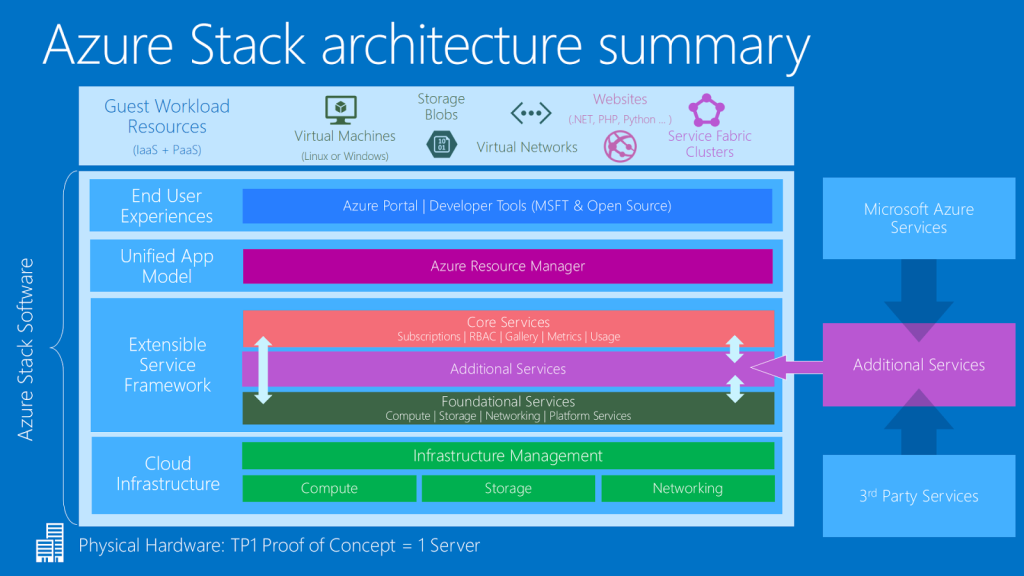Damballa, a network security monitoring company, announced that its failsafe threat detection platform now integrates with Palo Alto Network’ Panorama network security management platform and Next-Generation Firewalls. Damballa Failsafe 6.0 uses a distributed computing architecture, which offers new detection modules, better integration with other security technologies, and more efficient processing power.
Customers of Palo Alto Networks will now have access to Damballa’s Failesafe features in order to receive notifications of infected devices and identify whether communication attempts are being made with a command and control server. This integration helps both companies to further widen their skill set when it comes to forming a threat detection platform that can adapt to deal with current and emerging threats.
Zscaler Identifies New Malware Threat Against MS Office
Zscaler has reported a new spear phishing campaign against MS Office, using thier documents to install malware on user machines. The two types of malware have been identified as Kasidet and Dridex, with early conclusions showing that one IP address being used in the campaign is located in Russia. Zscaler reports that the macro containing the malware has been altered to be harder to spot, causing a wider spread of malware.
They also report that Dridex campaigns spreading banking malware have been so successful this past year that Kasidet has been added to the malware to help further the surge of their malware campaign. Zscaler also reports that the addition of Kasidet could be only one of many more additions, with reports already coming in that different strains of Cryptolocker malware have been detected.
Big Switch Networks Offers Free SDN Products
Big Switch Networks, an SDN company, released free editions of their Big Monitoring and Big Cloud fabric software this past week as part of a campaign to get users to upgrade to their more advanced, commercial versions. This comes just before they unveiled new releases of the pay version of these products that support 100G Ethernet, enhance VMware and Open Stack integration to improve scale. The company has reported substantial growth in the past year, landing 48.5 million in series C funding with almost 300% annual growth to their company. This may be a good time to take advantage of their free offers, as they continue to put out incentive offers to continue their steady growth.
Appcito Releases new Application Delivery System
Formerly known as Appcito Cloud Application Front-End, Appcito just announced their new Application Delivery System. This new ADS has two main features, the first being a provider tenant portal that allows enterprise IT and network infrastructure teams to act as providers, defining policies and running services, such as traffic management, application security and analytics in minutes. The second main feature Appcito ADS introduces is new service adaptors for F5 Big-IP LTM and HAproxy device, offering increased visibility and analytics. The goal of this development, as reported by their team, is to help accelerate cloud adoption by simplifying operations and reducing risk.
FireEye Acquires Invotas International Corporation
FireRyr announced that they have acquired Invotas International Corporation, a security automation and orchestration technology company. The acquisition will allow FireEye to offer Invotas’ security orchestration capabilities as part of their global threat management platform. The new technology will make it so that FrieEye will be able to unify cyber attack detection results, threat intelligence and incident response elements into a single console with automated response mechanisms.
This merger of technologies will help FireEye expand their offerings, providing real-time visibility that allows security teams to rapidly identify security risks and advanced threats, automate mitigation actions and expedite compliance issues. This is just another merger of skills we’ve seen come out of the cyber-security world, as each week more and more companies consolidate their technologies to help further the battle against evolving threats.
Amazon Announces AWS Certificate Manager
Amazon announced a new service called AWS Certificate manager, which offers free SSL/TLS certificates for AWS resources, enabling encrypted communication over a network between web servers and browsers. They plan to do this to draw attention from developers who typically have to spend hundreds, if not thousands, on these certificates. AWS reports that their goal is to increase developer loyalty and retention, hoping that this will incentives their clients to stay.
They also mention though, that there are limitations to their free offering, as Amazon will only provide domain validated certificates. Extended validation certificates are not available, so sites with sensitive personal data like banks, may want to stick with current certificate providers. They also cannot be used for code signing or email encryption. It will still be interesting to see the results from this incentive program and to see if Microsoft or Google will respond with similar services.
Microsoft Releases Azure Stack Technical Preview
Microsoft has announced the release of their first Technical Preview of Azure Stack, their private and hybrid cloud platform built on the upcoming Windows Server 2016. The Technical Preview is now available for download, providing more information on key concepts and capabilities regarding how to implement Azure Stack services in your datacenter. It outlines their unified application model, foundational services, core services, application components, and developer/IT professional experiences.
Once you deploy the Technical Preview you will be able to deploy and run additional Azure services, with the first set of PaaS services coming next week. Microsoft CTO Mark Russinovich issued a statement, commenting that “this is a hybrid cloud platform; a platform you can deploy on premises that has the power of a hyperscale public cloud.
You can run the services and use the services that are available in a public cloud in your own data center.” Azure Stack is written in the same code as Azure Cloud, running cloud and delivering cloud services, which offers infrastructure designed to run on both in a hybrid system that Microsoft believes will help datacenters adapt to the growing cloud models.


